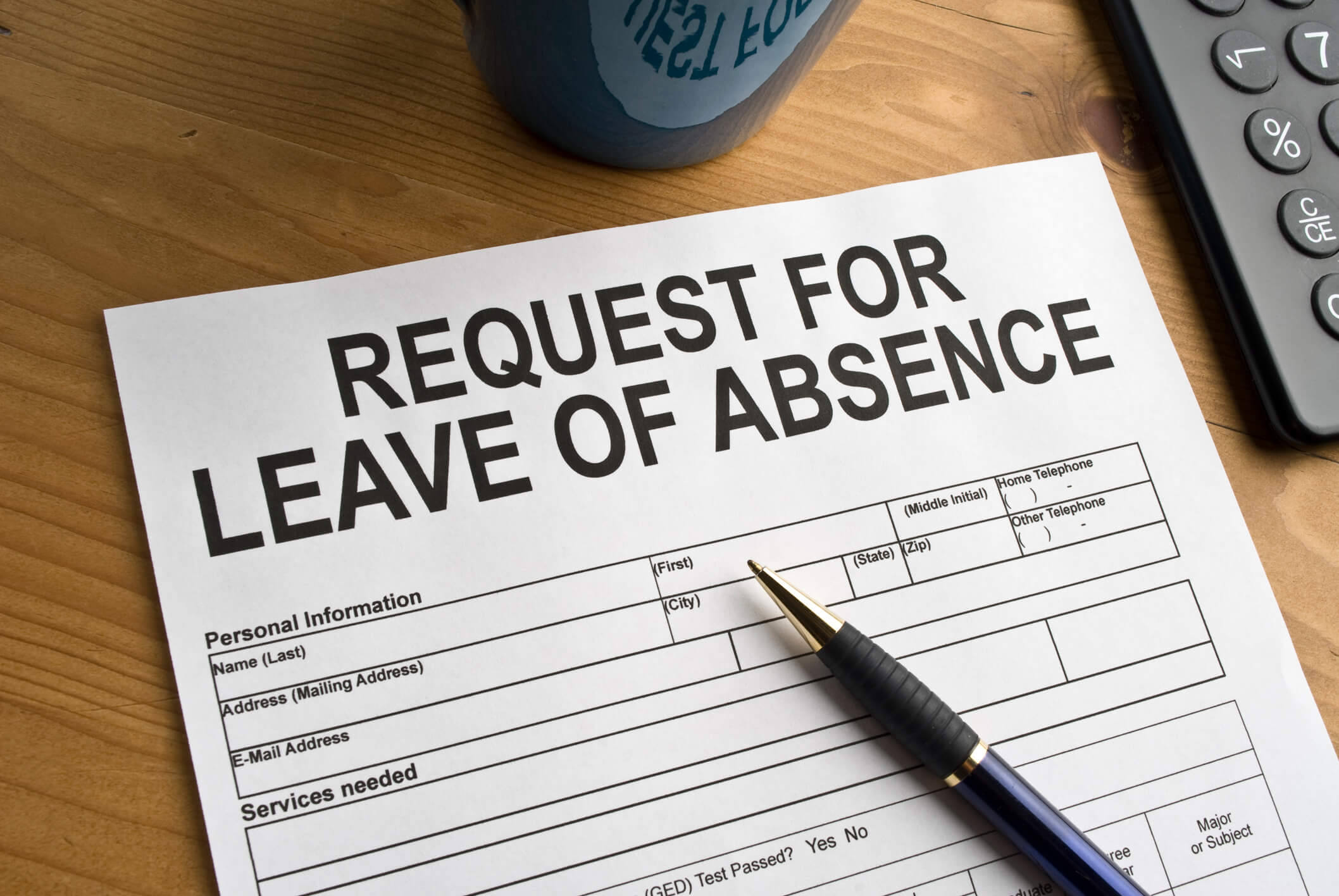Arizona’s new paid sick leave law—Proposition 206 or The Fair Wages and Healthy Families Act—will go into effect on July 1, 2017. While we previously explained key components of the law, the Act left many important questions unanswered. Since the law passed, the Industrial Commission of Arizona (ICA) has crafted a limited set of proposed regulations, which remain subject to review and approval by the state attorney general or the Governor’s Regulatory Review Council. In addition, the ICA has created a myriad of interpretive frequently asked questions (FAQs), which can be accessed on its website.
This three-part blog series examines the ICA’s current proposed regulations and FAQs while sharing insights and highlighting key employer questions about the law. The first article in the series, “Arizona’s Paid Sick Leave Law, Part I: Accrual and Usage Issues,” covered issues involving paid sick time accrual and usage. Part two will cover the law’s “same hourly rate” requirement, discuss attendance policies and rewards programs under the Act, and explain which employees the Act covers.
The “Same Hourly Rate” Requirement
The Act (at A.R.S §23-371(D)) defines earned paid sick time as time that is compensated at the “same hourly rate and with the same benefits, including health care benefits, as the employee normally earns during hours worked” Under the proposed section proposed R20-5-1202, this “means the same hourly rate that an employee earns for the workweek in which the employee uses earned paid sick time and which is no less than minimum wage.”
The ICA recognized that incentive compensation schemes, shift differentials, and premiums meant to compensate employees for work performed under differing conditions (e.g., the night shift), as well as exempt salaried employees, pose difficulties for employers seeking to provide paid sick time off at the “same hourly rate.” Therefore, the ICA has proposed regulations that apply the following methods for determining same hourly rates for PST:
- Employees with a Single Hourly Rate: For employees paid on the basis of a single hourly rate, the paid sick time rate must be equivalent to the same hourly rate the employee would have earned for the period in which the sick time is used. For instance, if an employee’s hourly rate is $15 per hour, the employer is required to pay the employee $15 for each hour of earned paid sick time.
- Multiple Hourly Rates: If discernable, the employer is required to pay a multi-rate employee the actual hourly wages that the employee would have earned for the period of time in which the sick time is used. If the employee’s wage is not discernable, the employer must pay an hourly rate equivalent to the weighted average of all hourly rates of pay during the previous pay period.
- Salaried Employees: Employers must pay a salaried employee an hourly rate equal to the employee’s total wages earned during the pay period covered by the salary, divided by the number of hours agreed to be worked in the pay period for which the salary is intended to compensate (paid time off = pay period wages divided by number of hours). For a salaried employee whose work hours vary from week to week, the employee is presumed to work 40 hours in each workweek.
- Commissioned Employees: For employees paid on a commission, piece-rate, or fee-for-service basis, the same hourly rate shall be determined in the following order of priority, but shall in no case be less than the minimum wage rate:
- The hourly rate of pay agreed upon by the employer and employee if an hourly rate of pay was previously established.
- The wages that the employee would have been paid, if known, for the period of time in which earned paid sick time is used.
- A reasonable estimation of the wages that the employee would have been paid for the period of time in which the earned paid sick time is used.
- The weighted average of all hourly rates of pay during the previous 90 days, if the employee worked regularly during the previous 90-day period.
The definition of “same hourly rate” does not include: additions to an employee’s base rate of pay for overtime or holiday pay; bonuses or other types of incentive pay; and tips or gifts. This definition excludes gifts of non-cash equivalents such as theater tickets or charitable merchandise. The definition does include shift differentials and premiums meant to compensate an employee for work performed under differing conditions (e.g., hazard pay, night shift, etc.).
Pending further clarification and finalization of this regulation, questions remain concerning the proper calculation of “same hourly rate.” For example, in the case of 100 percent commissioned employees, it is unclear whether an employer may establish an hourly rate (no less than the Arizona minimum wage) exclusively for purposes of determining the hourly rate to pay employees for PST. While the ICA is still evaluating this issue, indications from the ICA’s notice of proposed rulemaking hearing on June 5, 2016 suggest that an employer can establish such a wage rate for exactly that purpose. Employers should determine such rates at the inception of the employment relationship and further address them in written policies and/or an employee handbook.
Salaried Exempt Workers
The ICA’s recently added FAQs include one that says the “Act does not exempt any professions or ranges of salary from the earned paid sick time provisions.” This has raised some eyebrows in regards to the Act’s application to FLSA exempt salaried workers for whom deductions from salary, except in very limited circumstances, are typically impermissible under federal law. Absent further clarification (and provided the proposed regulation remains unchanged), employers should record salaried exempt employees’ accrued PST for accrual and use purposes in the manner described in the proposed regulation. However, we are unaware of any basis for paying exempt salaried employees additional compensation for paid sick leave taken in accordance with the Act if such time off does not result in a reduction of the employee’s guaranteed salary. Of course, a deduction from salary due to taking time off under the Act necessarily would require additional compensation.
The proposed regulation also does not address the question of what rate of pay PST should be calculated in a year-end buy-back situation. Because the employer is buying back unused PST, there is no actual “period used.” Therefore questions remain as to whether that rate should be deemed as the week in which the buy-back occurs, the previous 90 days, a weighted average of the previous benefit year, or some other calculus.
Benefits Accrual
Although ICA has not elaborated on what is meant by “with the same benefits, including health care benefits,” informally ICA indicates that a PST day off should be treated the same as a day worked for purposes of healthcare insurance benefits accruals. In other words, if an employer pays all, or a share, of an employee’s health insurance premiums based on actual hours worked, PST time off should be treated exactly the same. Similarly, deductions for an employee’s share of premiums also may be deducted from PST compensation.
Attendance Policies
The Act and FAQs specifically prohibit employers from imposing adverse consequences for using PST, even if they arise out of a no-fault attendance policy. However, the ICA has informally indicated that “rewards” programs (such as one that provides a bonus or other benefit for perfect attendance) would not run afoul of the Act’s adverse action or retaliation provisions.
Coverage Questions
Employees Working Outside of Arizona
Are they entitled to benefits? The Act does not address whether employees of Arizona employers who work outside of Arizona are entitled to paid sick time under the Act. The ICA contemplates additional legislative or judicial guidance, but in the meantime notes in a FAQ that, absent such guidance, it does not intend to enforce the Act with regard to employees who work outside of Arizona. Thus, employees who live and work outside of Arizona likely would not be entitled to receive benefits under the Act, as most Arizona statutes do not have “extraterritorial” application.
Do they affect employee headcount totals? The ICA has issued a FAQ that says an Arizona employer’s non-Arizona employees should not be included in calculating that employer’s total employee headcount for earned paid sick time purposes. For example, Super Duper Arizona Corporation has 22 employees across three states—14 Arizona employees, five Colorado employees, and three Nevada employees. Because this employer has fewer than 15 employees working within Arizona, it need only provide up to 24 hours of paid sick time to those employees.
Arizona Employees Transferred Out of State
Although the ICA has not weighed in on this issue, we believe employees who work for an employer in Arizona (and who have accrued PST) during a benefit year, but who are transferred to an out-of-state location working for the employer during that same benefit year would not be entitled to continue accruing PST following the transfer, but would be entitled to keep and use up the accrued PST after the transfer. In such cases, employers may consider paying out any remaining unused accrued PST at the end of the benefit year to avoid keeping the PST on the books.
Does the Act Apply on Tribal Land?
According to the ICA, the Act does not apply to tribal employers on tribal land unless a tribe voluntarily subjects itself to the Act
The Act does not address whether employees of (non-tribal) Arizona employers who work on tribal lands are subject to coverage under the Act. However, the ICA has issued a FAQ stating that absent legislative or judicial guidance, the ICA does not intend to enforce the Act against Arizona employers in regards to employees working on tribal lands. Presumably, we can assume the same head-count procedure used for non-Arizona employees applies to counting employees working on tribal land when tallying the employer’s total employees.
Part one and part three of this three-part series can be found on Ogletree Deakins’ Leaves of Absence and State Developments blogs.




